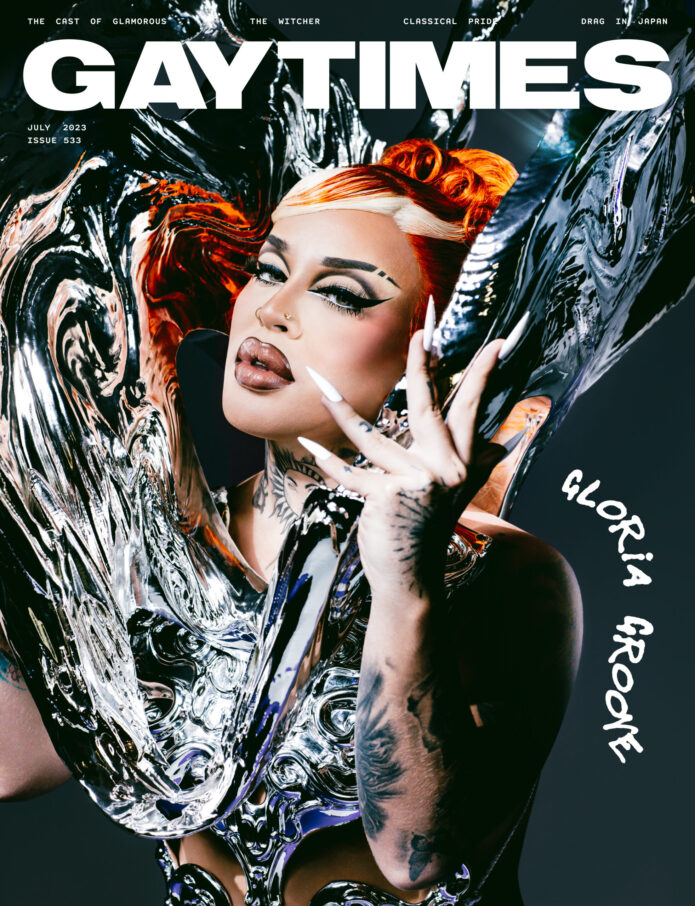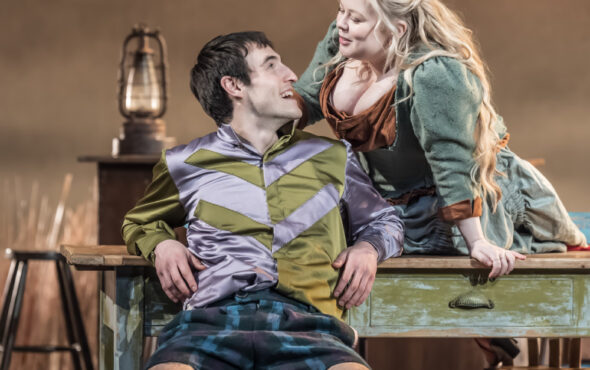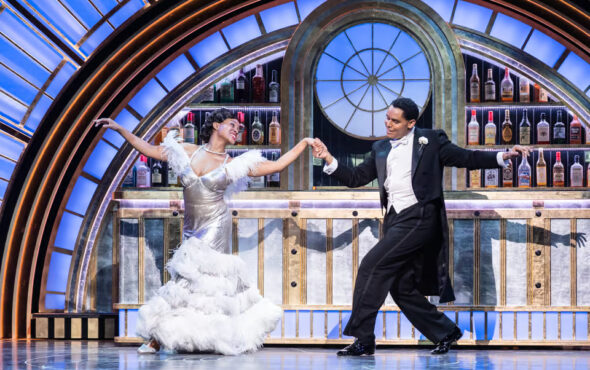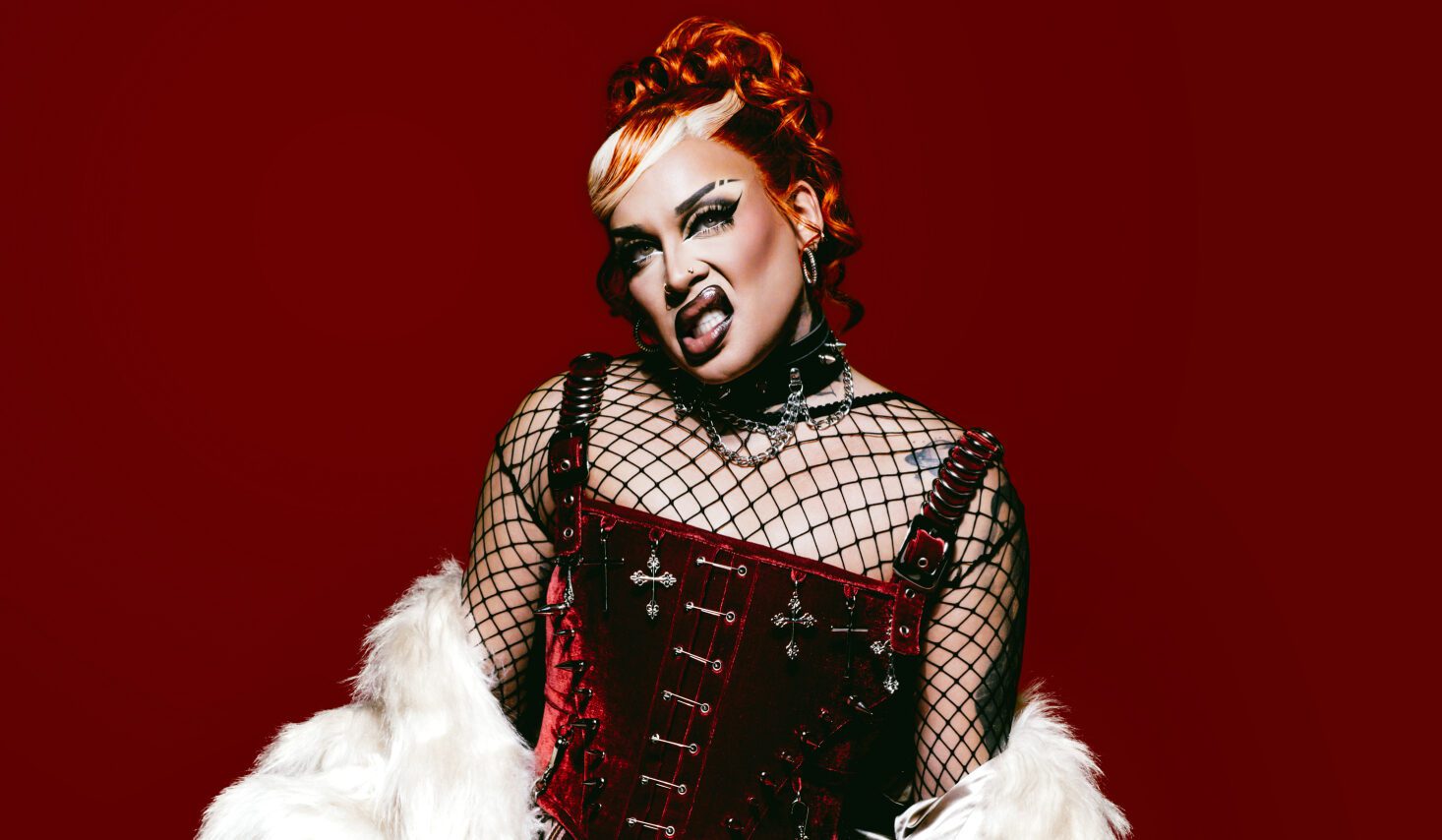
In her home country Brazil, Gloria Groove is a bonafide superstar. It’s easy to see why: a huge personality and an even bigger voice has propelled her to pop culture phenomenon status.
Following the launch of her musical career with 2016’s Dona, in addition to her first-ever music video for Império, Gloria Groove became an instant hit with LGBTQ+ audiences in Brazil. She received praise, in particular, for her innovative music videos which introduced Daniel Garcia, aka Gloria out of drag. Since then, her career has gone from strength-to-strength. Bumbum de ouro – her ode to Brazilian booty – was one of her home country’s biggest hits in 2018; catapulting her to enormous success in the music, television and fashion landscape.
In 2020, she and fellow Brazilian superstar Pabllo Vittar memorably became the first drag queens to cover Vogue Brasil and, in the same year, Gloria hosted (and judged) the Netflix series A Queen is Born. Last year, her album Lady Leste debuted at the top of Spotify’s Global Chart while all the songs appeared in the Brazilian Top 100. It confirmed Gloria’s status as a renowned, chart-topping act whose success wasn’t solely limited to the LGBTQ+ community. One of the highlights of the album was A Queda [The Fall, in English], which showcased Gloria’s talent as a songwriter and racked up a staggering 173 million views on YouTube.
It was only a matter of time before Gloria made her bid for global domination. “I’ve spent my whole life studying the international music scene,” she tells GAY TIMES, which marks her first ever UK cover story. It follows her UK festival debut at Mighty Hoopla and a headline show at iconic LGBTQ+ venue Heaven – winning legions of new fans and giving existing ones a flavour of what’s to come.
Here, we speak with Gloria Groove about her ground-breaking career highlights so far, how drag performers are saving music videos and what we can expect from her highly-anticipated new album.
Gloria, how was your recent trip to the UK and performing at Mighty Hoopla?
It’s a dream come true. This was the trip where I spent the longest time in London to be able to visit and be immersed in the culture. Mighty Hoopla marked my first time at a festival in the UK, and it was amazing to have the opportunity to focus on a show that talks about Brazilianness. That day I felt a beautiful feeling while sharing my culture. When I go on stage in drag I’m already representing several things, mainly showing the Brazilian identity.
You also performed at the iconic Heaven in London, the place where legends like Madonna or Kylie Minogue performed previously. How was this experience for you?
Heaven was amazing because it’s an iconic stage where many of my idols have performed. Lady Gaga has already been on stage at Heaven, in the midst of the Artpop era, so receiving the warmth of my audience there was very symbolic for me. It was a journey to understand that barriers no longer exist and horizons are expanding.
Is this the start of a potential breakthrough with British audiences?
It was my first contact with what might become my native audience: my British audience. It was great to have that taste.
Most of your songs are created with very Brazilian beats. Are you currently working on something focused for a more international audience?
I’ve spent my whole life studying the international music scene and I get this question a lot, especially because people know that I speak English and that I’m supposed to be already completely immersed in creating something like that. The reason this hasn’t happened so far is because I’m a person who needs a lot of reassurance. My last album Lady Leste was about that. At the time, my desire was to create an album that spoke about the people where I am from. Maybe I’m still living an artistic process where I’m trying to create even more roots in my own place, so maybe I’m seeing my international career right there ahead, as a result, or a consequence of this process of strengthening my brand here. This is one of the things I discuss in the studio with my team. I made it very clear to them that I hope this is an in-depth study. I will never take a step bigger than my leg. I know that I will explore with ease and tranquillity everything that is already waiting for me out there, which are doors that are already opening.
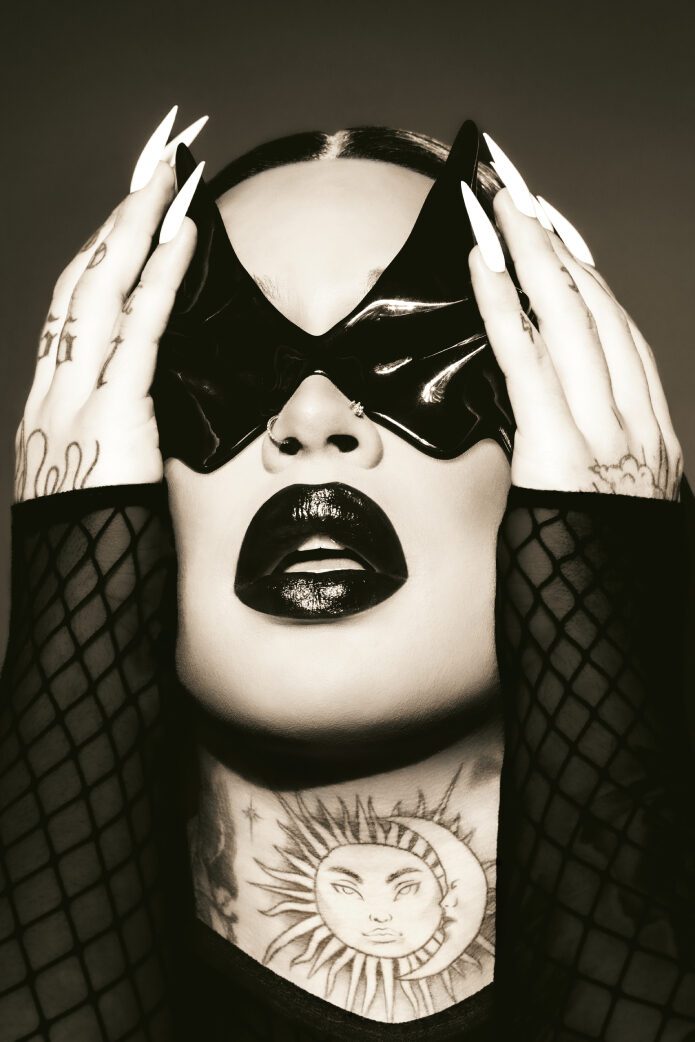
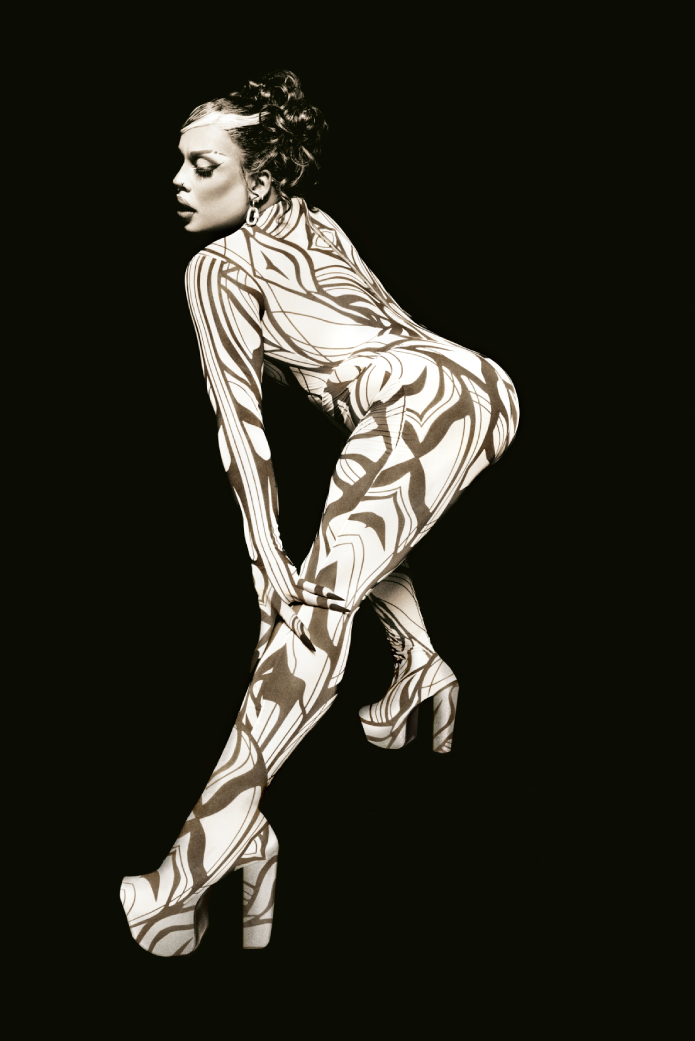
Your last album Lady Leste debuted on the top of Spotify’s global chart. Were you surprised by the public’s reception of your songs?
Lady Leste surprised me on several levels. There are moments from this album that we thought would remain in a conceptual niche but we wanted to invest in, and they turned out to be key changes. Like the video for A Queda for example. When it was just a composition, I thought people wouldn’t want to talk about it, that it was going to be uncomfortable, that it was going to be read as something heavy. But it’s incredible the symbology the song has gained working in tandem with the music video. This song was a turning point in my career. I was not surprised with the public’s reception of the album, because I usually say that Lady Leste was like a planned pregnancy! Everything was meticulously thought out to tell my story, so I already expected the success of the project because it was planned for that to happen. Obviously, as you can imagine, it ended up exceeding our expectations and surprising us on several occasions, but Lady Leste is exactly what I dreamed of. She is the apple of my eye.
You were one of the first drag queens to be on the cover of Vogue in Brazil. What do you think this moment meant for queer and drag visibility?
We have achieved so much in recent years, having Brazilian drag queens breaking new ground and occupying new spaces. It’s amazing to see the magic in this process, something that leaves the nightclub culture and gets in the music industry, so then the fashion world starts to look to drag as something glamorous and worthy of this space. Ten years ago it was unimaginable to have drag queens and artists from the nightclubs, who represent a counterculture, which was once seen as something marginalised, on the cover of Vogue.
How did the Vogue cover impact your career?
There was a change in the way society sees drag culture, and there has been a mentality change. And I was doing my work exactly at the time this change happened. The music industry now looks with more appreciation for drag art, an art-form that has always been here. Pop culture and drag culture have always inspired each other. I’m lucky to work exactly when humanity has already evolved enough for social networks to be a fundamental catalyst for this new moment, for younger generations to pay attention to these tools in another way. The new generation sees show business in a much more democratic way. I learned to put on makeup from online tutorials, YouTube was my first drag mother.
Drag Race Brasil is premiering later this year. When it was originally announced, fans expressed their hopes that you would be part of it. Was that ever in the cards?
I’m a huge fan of Drag Race! And my drag is inspired a lot by RuPaul’s work, but there was never a proposition for me to be part of the show. I’m happy to already have the opportunity to present my own format, A Queen is Born on Netflix. When I was recording the reality show, I used to say that I was a kind of young godmother, because when we recorded it, I didn’t have that much experience in drag, but I had been an artist for a long time. I’ve been making art since I was a child and the novelty of my mature life was the arrival of drag. And I also had the experience of Música Boa Ao Vivo. I love when I feel like I’m doing something that manages to skew my two main drivers, which are drag and making music. I trust a lot in the curatorial work that RuPaul and what his team does and I’m sure that if one day I can collaborate with my knowledge I’ll be very happy to be there as a guest judge for example. I’d love to be part of it.
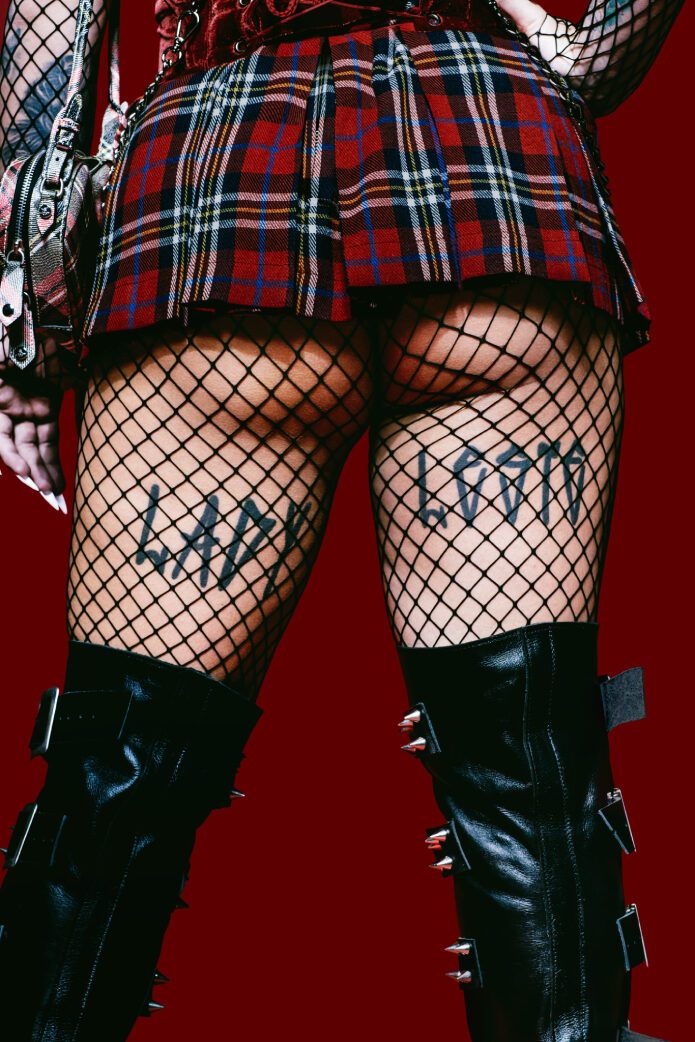
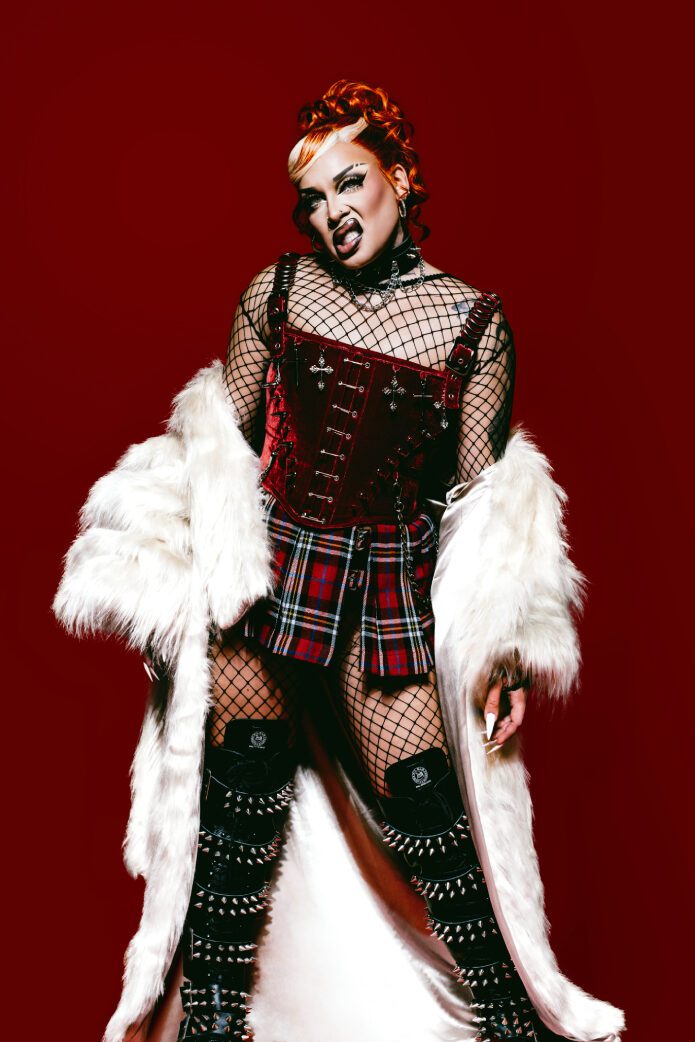
Singing drag queens have become very popular in Brazil. Not only among the LGBTQ+ community, but also in popular culture. You have been to the most important festivals, participated in the most popular TV shows and performed throughout the whole country. Why do you think Brazilian society can welcome artists like you and be so hostile to the LGBTQ+ community at the same time?
As much as prejudice exists, as discrimination is very strong, as much as we still go through scenarios of great intolerance, especially in our national context, I believe that when I make music and there is truth in it, the public feels the truth independent of other things. I can’t tell you how many times I heard someone come up to me and say, ‘My uncle Bolsonarista is your fan,’ and ‘My cousin who doesn’t like pop knows who you are, he saw your music with Ludmila.’ I realise that people are seeing drag like just a small detail, as it always should be. Gender or artistic expression is just a detail. Any artist is an alter ego and artists work with a stage name. The difference is that the drag queen brings a whole visual appeal and plays with the limits and barriers of gender. Children understand better than adults what I’m doing, because they can see that I’m playing at being and that there’s fun and rebelliousness in that, and that’s exactly what ends up attracting them.
You have a very strong relationship with television. You participated in Amor y Sexo (Love and Sex), in 2020 you hosted A Queen is Born on Netflix and presented Musica Boa ao Vivo (Good Music Live). Do you have more plans to go back to television in the near future?
I would love to go back to television one day. I fantasise about this a lot, I want to host a TV show in the phase where I felt I had already finished expanding my horizons as a singer, musician and composer. When I feel like I’ve accomplished everything I wanted to with music, I’ll want to throw myself into it because all the experiences I’ve had on TV before have taught me a fundamental lesson. They were very cool experiences of self-knowledge, because I understood that music and visual production are not my only guiding threads, I am also into communication. By presenting a live program you learn a lot about yourself and also from the people involved in the project.
Is there an industry that you have never worked in that you would like to, such as acting in movies, for example?
I really want to work in acting, to make movies like Daniel Garcia. Being myself in a movie is something that attracts me a lot. I keep trying to throw this truth at people, to see if anyone wants to write something for me, but I already understand that I’m going to have to do my own thing. I would like to work on an international series, act in English, and experience something similar to what is happening with Lady Gaga; a person who was known for being super extravagant and her process as an actress is first undressing and then starting to build the characters. That intrigues me a lot.
You collaborated with Anitta recently. How was working with her?
Working with her was great. The highlight was the day I went to her house to record her voice. Anitta has a studio at home, we were producing the music and she loved it. She agreed with everything that was proposed, let me write her verse in the song and I was super happy because writing is something I love to do. Whenever I meet Anitta, I take the opportunity to do a 15-minute workshop. I always have five or six questions to ask because she is a person who is close to my life nowadays and she has experienced so many cool things and whenever I am with her I try to get a lot of information and she is happy to teach.
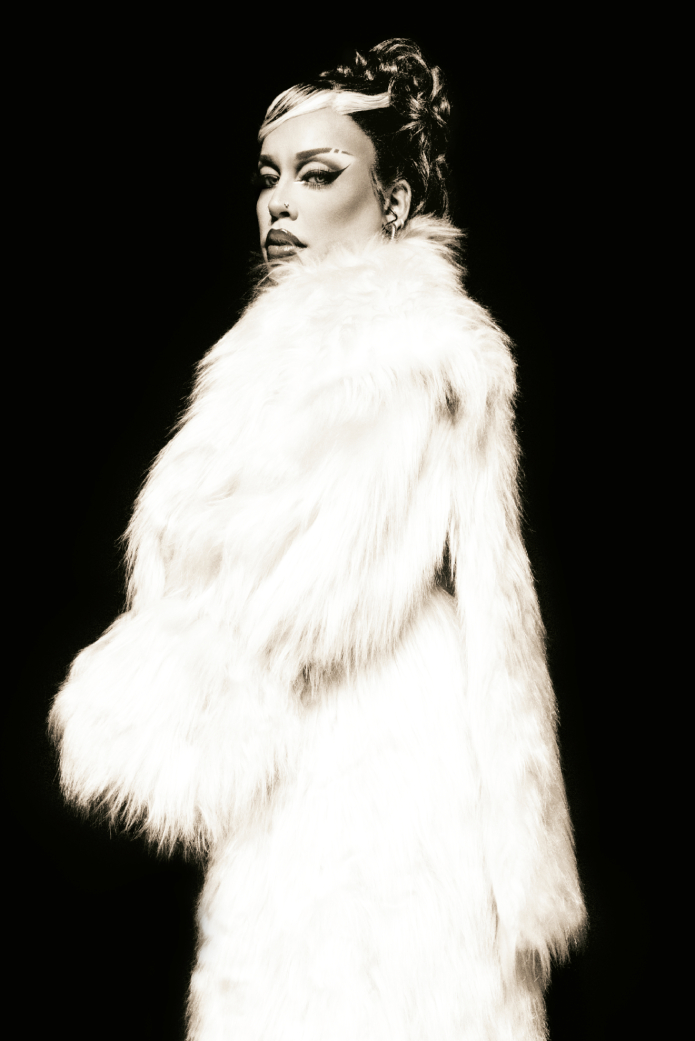
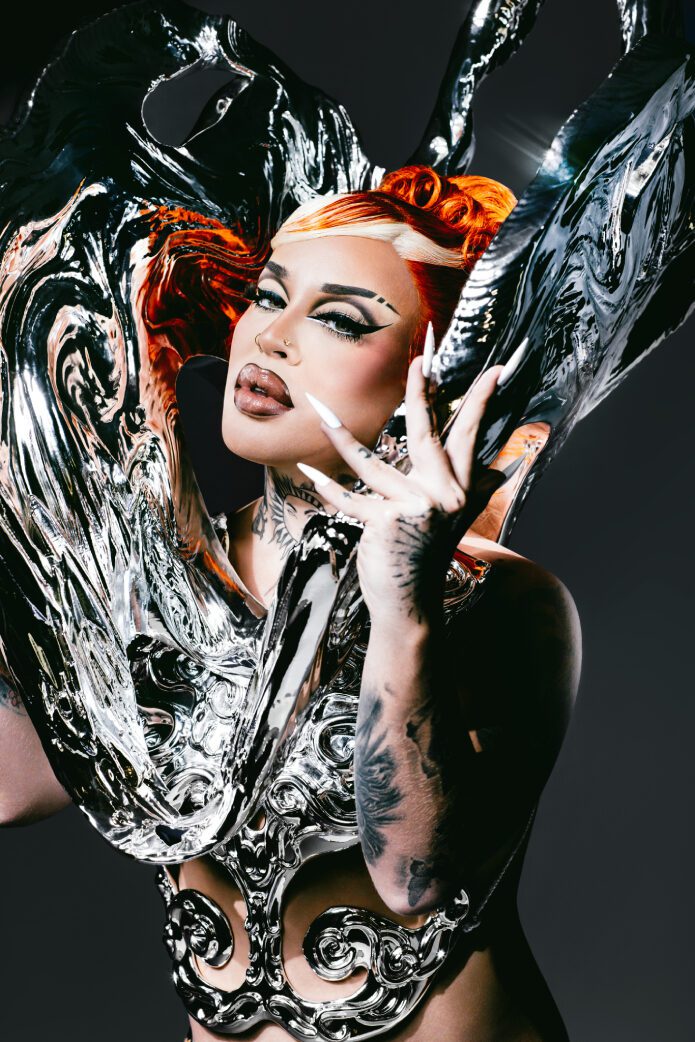
Your latest single is a collaboration with Daniel, a country singer, which was quite unexpected! How did your fans receive it?
It’s really cool to talk about my versatility. What people are seeing now is the result of my references – I never had a unilateral musical reference. I am the son of a backing singer, who was also a night singer in a dance band on a ship in a piano bar. I know the world of music through the eyes of a working singer, who has to know how to do everything. So my background is the church, musical theatre, dance band, and in any of these spaces you need to be this available, versatile, malleable, directable singer. I started working with dubbing – spoken and sung – when I was 10-years-old, and songs to dub can come in any genre.
Your video clips are real masterpieces. Where do you get the inspiration from to create your visuals?
Thank you very much! The inspiration for the videos tends to appear at a very early stage of the music’s production. My creative process in composition, in the studio, is very visual. When we went to produce Leilão, I arrived at the studio with the idea of the chorus and my request to the producer was completely visual. I said, ‘I want it to be a trap, but the instrument has to remember that I’m at a masquerade ball, that I’m in a sumptuous hall, very chic, huge ceilings.’ From there, he started working on the violin samples. In the end these elements end up appearing in the clip. When I define the theme of a song it’s because I already visualised myself in drag in that context. Through audiovisual I’m able to express myself in the greatest totality and channel all the references I have, being able to have the opportunity to bring a cinematographic look to the music industry. At the beginning of the last decade, drag queens and many LGBTQ+ artists started to launch very ambitious projects and changed everything that happened in the following years. We started to see several artists who didn’t invest in music videos start to do it. In some segments the artists simply shared recordings of live performances. Since the death of MTV in Brazil, the audiovisual has lost its strength and the drag queens of pop music have had a great responsibility in bringing the shine back to music videos. In the following years, artists from the most diverse segments were investing heavily in music videos. As a drag queen I have the opportunity to dress the music, not always being the same thing. The sound that I’m exploring goes together with the persona that I want to be at that moment.
Can you tell us about your new album?
It’s a project I have been working on since November 2022. When I started producing the album, I was living my Futuro Fluxo [Future Flow] time. Living in Rio de Janeiro, seeing amazing places, soaking myself in funk, trap, and other urban genres of Brazilian music that I really like, so the process of creating the album was very honest.
I can predict very strong funk beats and futuristic aesthetics by the title Futuro Fluxo. Am I right?
With this album I want to create a historical document of Brazilian funk, put my stamp on this style, break that bubble, celebrate my adolescence, my high school, and unite my passion for funk with my passion for technological, futuristic, science fiction aesthetics. It’s so crazy, when I started talking about Futuro Fluxo, Beyoncé hadn’t come up with the Renaissance aesthetic yet. I remember being at the Renaissance show and thinking, ‘It’s the right time! If mother said it’s time to talk about the future, it’s because the time has come.’ You can wait for Futuro Fluxo later this year. I’ve already produced amazing things from the project and I can’t wait to show you. It’s funk, it’s trap, it’s futurism, it’s Gloria Groove, it’s dance!
This cover story features in the July 2023 edition of GAY TIMES Magazine. To read the full issue, click here.
